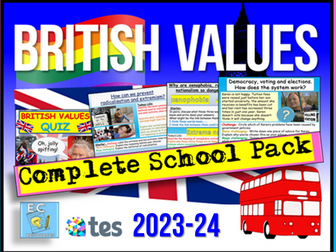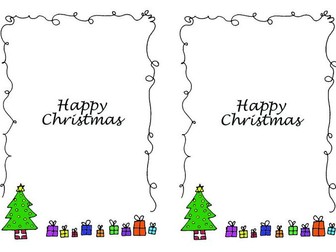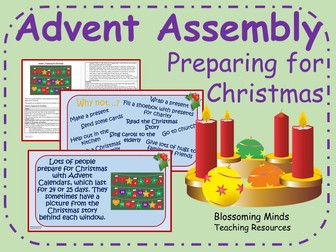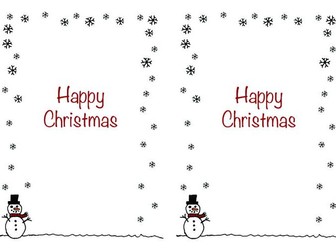
Teachings of Jesus - The Parable of the Good Samaritan!
In this engaging lesson, students read and interpret ‘The Parable of the Good Samaritan.’
The learning is guided by a clear and colourful PowerPoint presentation, which guides students through the following step-by-step journey:
-Knowledge recall - remembering key facts about Jesus’ life and teaching;
-Defining the meaning of the word ‘Samaritan’ and gaining a basic understanding of the historical relationship between Jews and Samaritans;
-Reading and interpreting the parable through comprehension questions, and deciphering its key meanings;
-Considering the messages that they can take for their own lives from this parable;
-Researching how some charities have continued in the spirit of this parable today;
-Self-reflecting on the extent to which they feel they have met the learning objective.
The resource pack includes everything you need to teach the lesson, including the comprehensive PowerPoint presentation and the parable worksheet (provided in both Word and as a PDF). Just download and teach!
In the past, I have used this lesson with children from across Key Stage 2 with minor adaptations for age - the key learning is aligned with curriculum expectations for RE, and also the content prescribed by most diocese regions. All images are licensed for commercial use.












